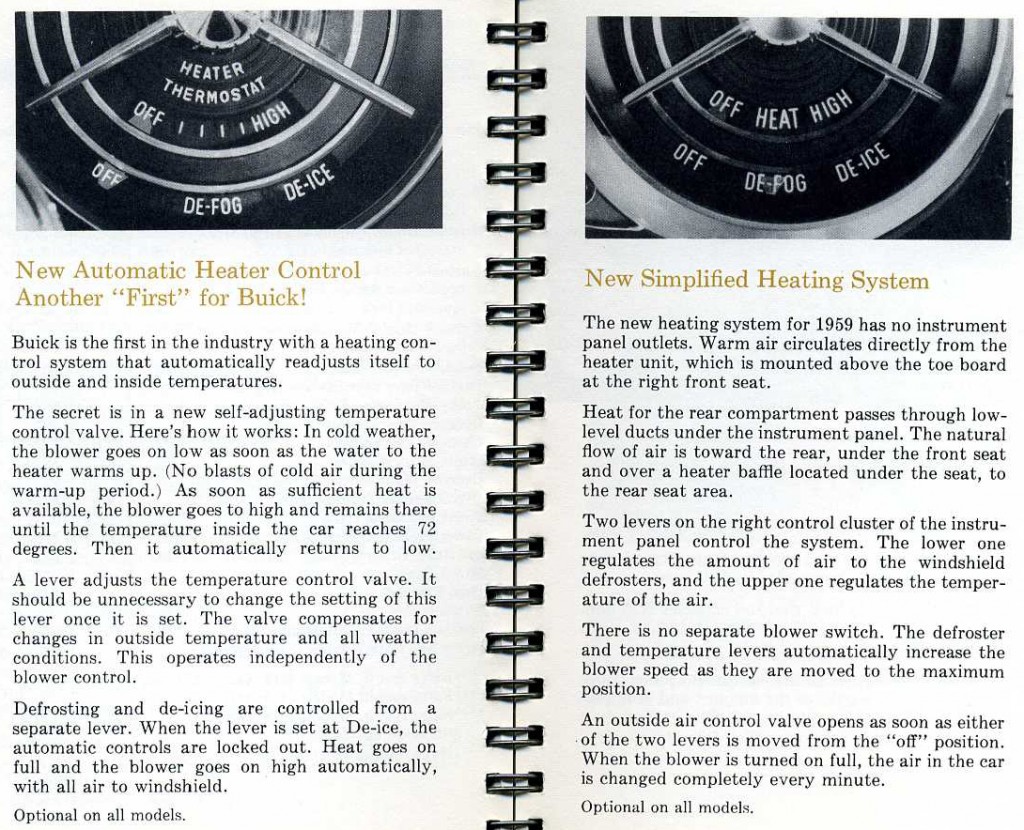Work on the convertible top frame is continuing to move along. Greg splashed a little paint on all the convertible top supports…
The Top Irons have come back from the Plater…

…and below are a few sequence shots of the convertible top frame coming together:
All new pump, top cylinders and hose set came from Hydro-E-Lectric (www.hydroe.com)
Here’s the new Pump Motor is back in its rightful home…
New Top Cylinders and Hoses are looking good…
Going Down…
The wiring is also progressing. Greg cleaned up the original harness and after going over every inch of it decided it was still in overall excellent condition. I got the following report:
“I did some further evaluation on wiring harnesses today. So far so good. On the body harness the only thing I saw was that the plug at the power top switch is burnt. I’ll fix that. The rest of the power window harness looks pretty good other than the usual problem in the door jamb area. The harness looked just fine on the outside but as you can see in the picture that the insulation is cracked. From previous experience I know all about that game! You can’t hide from the old Cook!”
Here are a few shots….
Here is a close up of the burnt plug for the power top switch…
And another of the cracked insulation at the door jamb…
Starting to bring the wiring into the engine compartment…
The seats are also moving along… check out the bottom springs on one of the buckets
Here’s a close up of the original tag…
Also received the custom-dyed leather hyde from SMS along with a roll of matching vinyl…
All loaded up for delivery to the upholsterer…
Well, the end of another installment…I think I can begin to see a faint glimmer of light at the end of the tunnel!
_________________
~ Tom Sidoti
1959 Buick Electra 225 Convertible
















